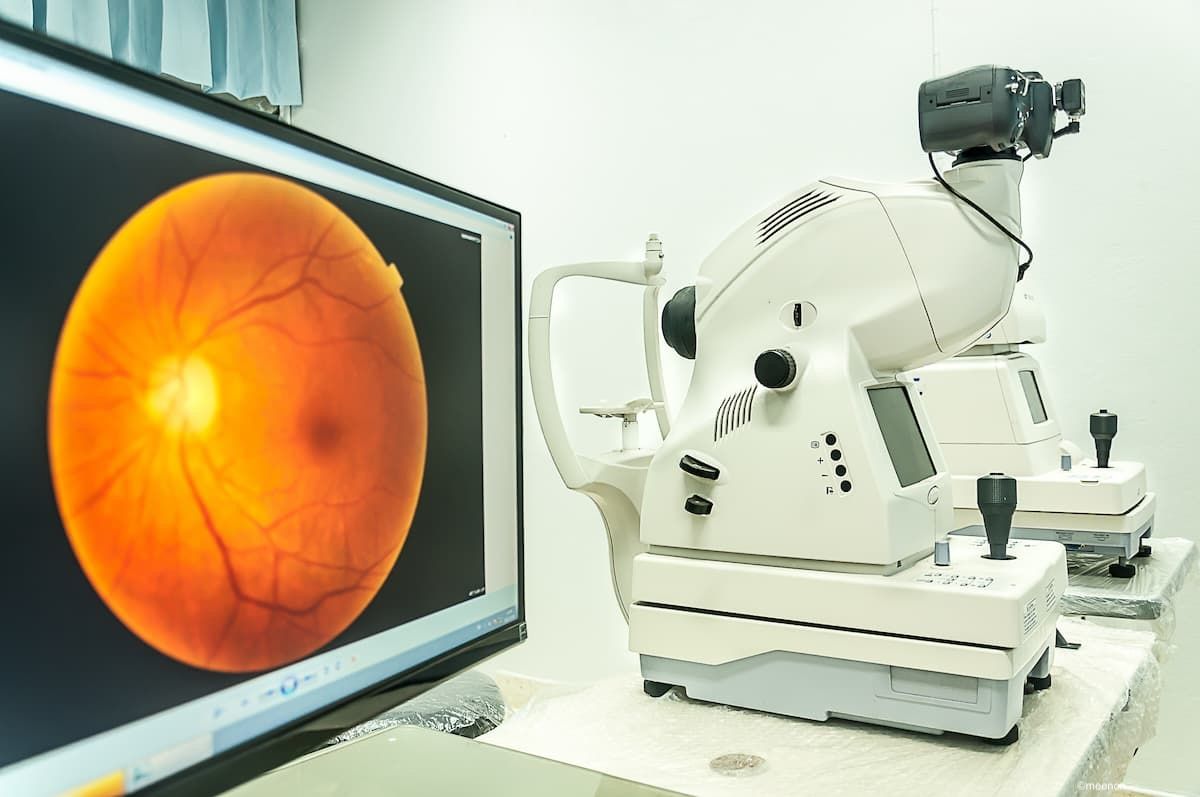Article
OptiMedica sells retina, glaucoma units to Topcon
OptiMedica has sold its pattern scan laser photocoagulator along with its retina and glaucoma divisions to TopCon Corp. to focus its attention on what it sees as a paradigm shift in the way cataract surgery will be performed in the near future.
Santa Clara, CA-OptiMedica has sold its pattern scan laser photocoagulator (PASCAL) along with its retina and glaucoma divisions to Topcon Corp. in order to focus its attention on what it sees as a paradigm shift in the way cataract surgery will be performed in the near future.
OptiMedica announced Aug. 10 that it had signed a definitive agreement with the Japanese ophthalmic device firm, which had been a longtime distribution partner for the photocoagulator. The semi-automated pattern generation technique, which allows the rapid delivery of laser pulses in a pre-determined sequence, has been used to treat more than 750,000 patients in more than 40 markets around the world.
OptiMedica President and Chief Executive Officer Mark J. Forchette said he could not discuss terms of the deal.
"Given the aging population and continued growth in diabetic and age-related eye disease, the therapeutic laser market continues to be a major opportunity in ophthalmology," said Hiroshi Fukuzawa, general manager of Topcon's eye-care business unit, in a prepared statement. "OptiMedica's innovative approach and outstanding customer support have made a difference in our industry and we look forward to continuing on this path."
The cash influx will allow OptiMedica to pursue the laser cataract surgery market, which Forchette predicts will completely change the way surgeons approach cases. He said the company, founded in 2004 by Mark Blumenkranz, MD, and four engineers, has worked on this technology since its beginning, quietly developing a proprietary femtosecond laser system that could replace most of the manual steps of cataract surgery.
After optical coherence tomography (OCT) scanning is performed on a patient, a surgeon can make various selections, including choosing the size and shape of the capsulotomy, and selecting from a palette of patterns. The laser makes the cuts with precision as the surgeon watches, maintaining complete control, Forchette said.
"Because the OCT has precisely defined those intraocular structures, all those selections physicians make can be very precise," he said. "Having that ability [for precision] is just an incredible thing that opens up doors for the future."
For example, he said, surgeons can choose to put the capsulorhexis on the hinge and not touch the optic at all.
The technology allows "incredible precision . . . that would be impossible to [deliver freehand] consistently [and] reliably," Forchette said. "This takes everything to a much higher level."
"It's a really cool thing," he added. "In each person's career, there are only a few times where you see the landscape reset, and this is one of them."
The OptiMedica system is one of several being developed to perform laser cataract surgery. LenSx Lasers Inc., acquired in July by Alcon for $361.5 million plus contingency payments of $382.5 million (see In Brief below), also is working on a laser cataract surgery system. Neither system is commercially available yet, although Forchette said he hopes the OptiMedica system is ready in 2011. LenSx has said it hopes to have its first unit available by the end of 2010, followed by a global launch in 2011. A third developer, LensAR Inc. of Winter Park, FL, has received 510(k) clearance from the FDA to use its laser system for anterior capsulotomy.
"This is an incredible breakthrough," Forchette said of the technology. "It's an exciting time for this industry."





